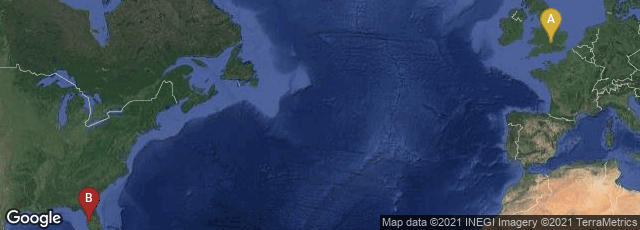
A: Oxford, England, United Kingdom, B: Tampa, Florida, United States
In 1983 computerizing the text of the Oxford English Dictionary began. The OED then defined "414,825 words backed by five million quotations, of which some two million were actually printed in the dictionary text." The computerizing process required retyping the entire text into a database.
"And so the New Oxford English Dictionary (NOED) project began. More than 120 keyboarders of International Computaprint Corporation in Tampa, Florida, and Fort Washington, Pennsylvania, USA, started keying in over 350,000,000 characters, their work checked by 55 proof-readers in England. Retyping the text alone was not sufficient; all the information represented by the complex typography of the original dictionary had to be retained, which was done by marking up the content in SGML. A specialized search engine and display software were also needed to access it. Under a 1985 agreement, some of this software work was done at the University of Waterloo, Canada, at the Centre for the New Oxford English Dictionary, led by F.W. Tompa and Gaston Gonnet; this search technology went on to become the basis for the Open Text Corporation. Computer hardware, database and other software, development managers, and programmers for the project were donated by the British subsidiary of IBM; the colour syntax-directed editor for the project, LEXX, was written by Mike Cowlishaw of IBM. The University of Waterloo, in Canada, volunteered to design the database."
The second edition of the OED was published on paper in 1989.